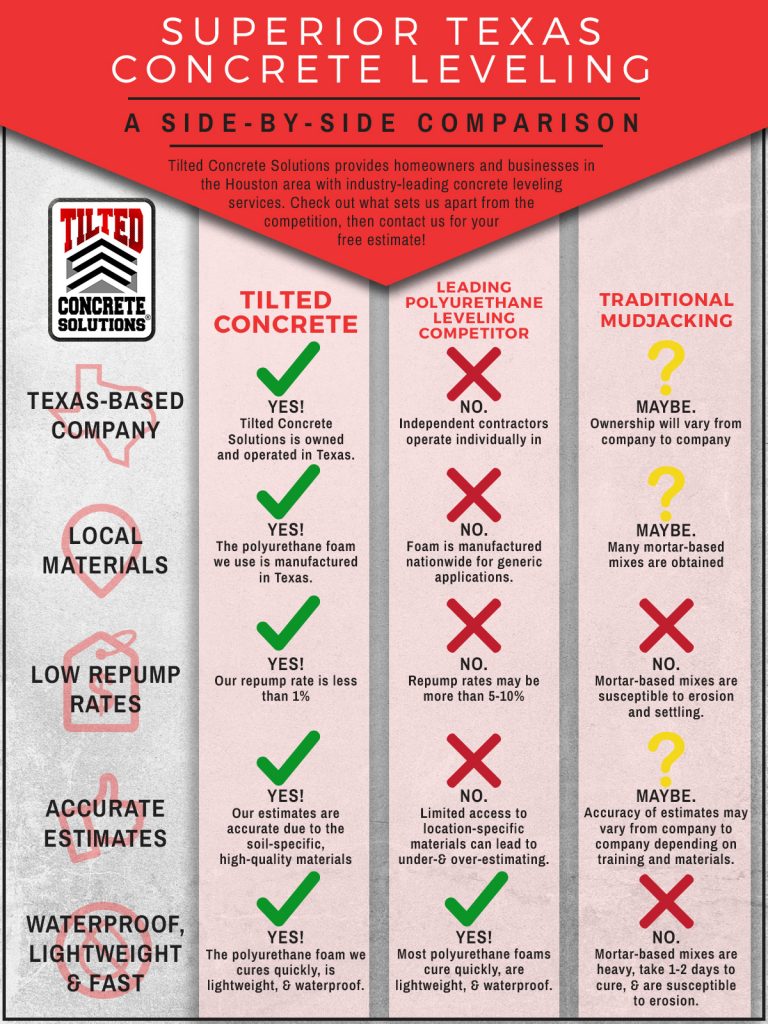Find Out Exactly How Seasonal Variables Influence Industrial External Paint Success And Find The Very Best Times To Guarantee Long-Term Outcomes For Your Task
Find Out Exactly How Seasonal Variables Influence Industrial External Paint Success And Find The Very Best Times To Guarantee Long-Term Outcomes For Your Task
Blog Article
read article -Aguilar Chaney
When you're preparing a business outside paint project, seasonal elements can make or damage your results. You'll wish to think about just how temperature and humidity impact paint application and drying times. Choosing the right season can ensure your paint sticks appropriately and lasts longer. Yet which periods are truly the most effective for this kind of work? Allow's check out the crucial elements that can affect your job's success.
The Impact of Temperature on Paint Application
When you're planning a business external paint project, the temperature level can substantially impact how well the paint adheres and dries out.
Preferably, you wish to paint when temperatures vary in between 50 ° F and 85 ° F. If it's as well chilly, the paint may not treat properly, leading to issues like peeling off or breaking.
On the flip side, if it's as well warm, the paint can dry also promptly, stopping correct attachment and leading to an unequal coating.
You should likewise think about the time of day; morning or late afternoon offers cooler temperatures, which can be much more desirable.
Constantly check the supplier's referrals for the specific paint you're making use of, as they commonly provide assistance on the excellent temperature level variety for optimum results.
Moisture and Its Result on Drying Times
Temperature level isn't the only environmental factor that influences your industrial exterior paint job; moisture plays a significant duty also. High humidity levels can reduce drying out times significantly, affecting the overall quality of your paint task.
When the air is saturated with dampness, the paint takes longer to treat, which can cause problems like inadequate adhesion and a greater threat of mildew development. If you're painting on a particularly damp day, be gotten ready for extended wait times between layers.
It's crucial to keep an eye on regional weather conditions and plan appropriately. Preferably, go for moisture degrees between 40% and 70% for optimum drying out.
Maintaining these factors in mind ensures your task stays on track and provides an enduring coating.
Best Seasons for Commercial Exterior Painting Projects
What's the most effective season for your commercial exterior paint jobs?
Springtime and very early autumn are commonly your best bets. Throughout these seasons, temperatures are moderate, and humidity levels are often reduced, producing optimal problems for paint application and drying out.
Avoid summertime's intense heat, which can trigger paint to completely dry also promptly, resulting in poor attachment and coating. In a similar way, winter's cold temperature levels can impede proper drying and curing, running the risk of the longevity of your paint job.
Aim for days with temperature levels in between 50 ° F and 85 ° F for optimum results. Keep in https://andresryejn.blogdomago.com/34393184/inside-paint-contemporary-styles-and-techniques-to-update-your-home-s-visual to examine the local weather report for rainfall, as wet conditions can destroy your job.
Preparation around these aspects ensures your painting task runs efficiently and lasts longer.
Final thought
In conclusion, planning your business external painting tasks around seasonal considerations can make a significant distinction in the result. By organizing work during the ideal temperature levels and moisture levels, you'll ensure better adhesion and drying times. Keep in mind to watch on neighborhood weather prediction and select the right time of year-- spring and early autumn are your best bets. Taking these steps will certainly aid you accomplish a durable and professional coating that lasts.
